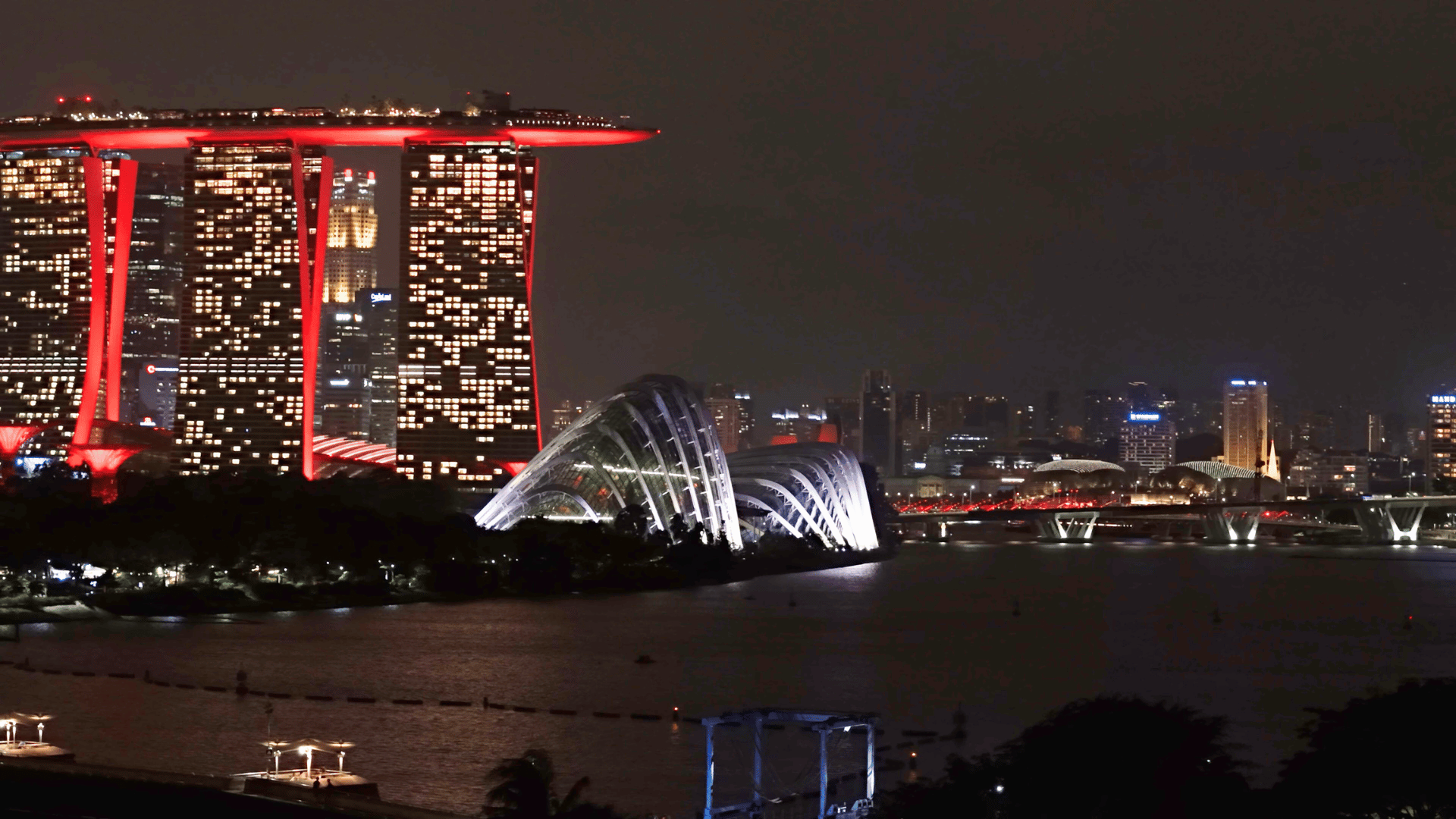Canon has been transforming photography for decades, giving photographers the power to capture moments in history.
This time round it aims to support budding photographers with its newest APS-C mirrorless cameras, the new EOS R7 and EOS R10 and native RF-S zoom lenses. This is not only Canon’s first mirrorless full-frame camera, the EOS R is also the first full-frame and 35-mm Canon camera with a new mount since the introduction of the EOS system with EF mount in 1987.
The growing APS-C segment is favoured by many professional photographers for its smaller form factor, affordability, and advantages such as increased reach for capturing sports and wildlife actions.
Designed for both the new and seasoned photographers
Designed for the more experienced users who require a fast camera to photograph dynamic subjects in sports and wildlife, the high-performance 32.5-megapixel EOS R7 features In-Body Image Stabilisation (In-Body IS), weather-sealing, and dual SD card slots. The 24.2- megapixel EOS R10, which features a built-in flash and a smaller form factor, is designed for more standard everyday needs.
Canon has also debuted two zoom lenses, the RF-S18-45mm f/4.5-6.3 IS STM and RF-S18-150mm f/3.5-6.3 IS STM, that have been built to fully optimise the mobility advantages of the new APS-C cameras.
“With the wide range of compatible EF and EF- S lenses via mount adapter means photographers have an enlarged ecosystem of lenses to explore and express their photographic vision.” says Mr Edwin Teoh, Head of Marketing, Singapore Operations at Canon Singapore.

Both the EOS R7 and EOS R10 are charged by the powerful DIGIC X image processing engine that allows for intelligent tracking and recognition of subjects and objects. The autofocusing technology harnesses the deep learning-based subject detection capabilities of the EOS iTR AF X system – to track subjects more tenaciously across the entire image area, regardless of the AF area mode. This provides highly responsive and reliable autofocusing, even in dynamic scenes.
The high-speed continuous shooting capability found in both cameras provides up to 15 fps high-speed continuous shooting in mechanical and electronic first-curtain shutter modes (with AF/AE tracking) — the fastest speed not just among all APS-C EOS cameras, but also in the EOS R series.
The RAW burst mode shoots full-resolution RAW images at up to 30 fps. It supports pre-shooting, which starts recording the scene up to 0.5 seconds before the shutter is released, ensuring that no opportunity is missed.
The EOS R7 and EOS R10 cameras also come with a new Panorama Shot SCN mode with better image stabilisation for successful panning shots. In addition, both cameras have improved auto white balance accuracy and in-camera Depth Compositing mode that automatically merges focus bracketed images into an image that is clearly in focus from front to back.
Canon EOS R7
The R7 is the higher-end and more expensive APS-C mirrorless camera built around Canon’s RF mount. The R7 has a 32-megapixel sensor and features In-Body Image Stabilization (In-Body IS), weather-sealing, and dual SD card slots.
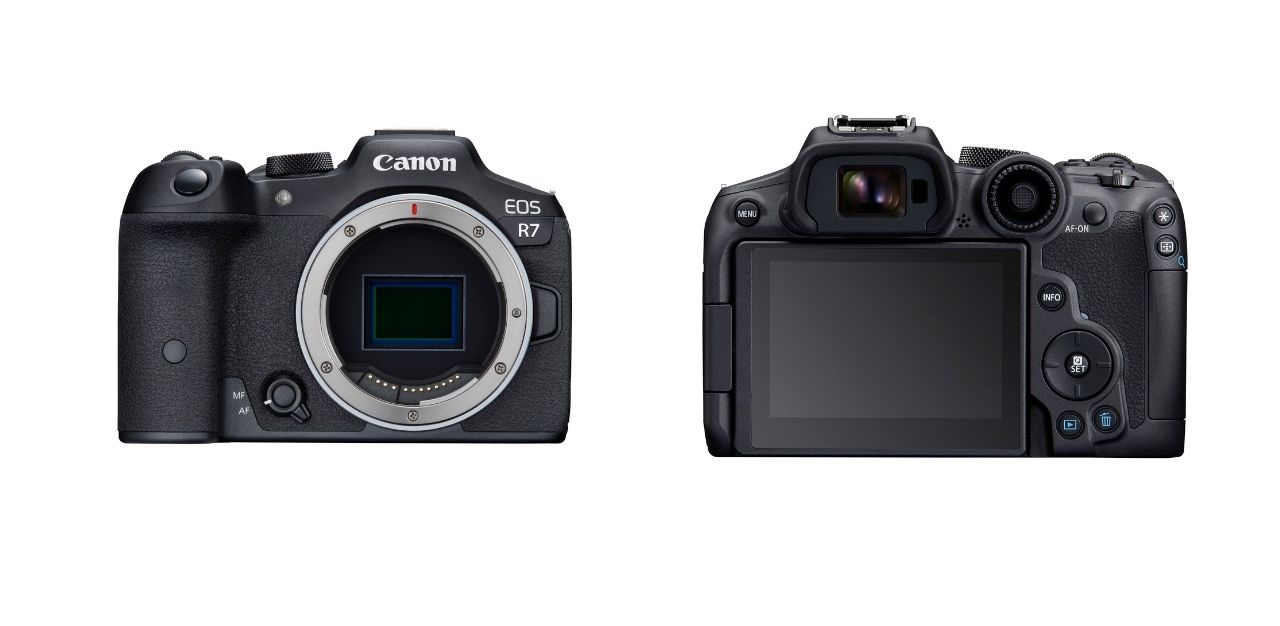
It can be seen as a direct competitor of the Nikon Z6 and the Sony A7 Mark III. The Canon is probably the best of the three ergonomically, but the user will have to see whether he can get used to working with the touch bar.
Its viewfinder can be described as a fraction nicer and sharper than that of the Sony and almost as good as that of the Nikon. Where the Canon stands apart from its competition is with the turning and tilting screen. None of the other full-frame mirrorless system cameras has that yet.
When it comes to the sensor, the Canon seems to have an advantage over the competition. The Sony and the Nikon have “only” 24-megapixel sensors, but they are without an antialias filter, so the sharpness of the shots is comparable. The dynamic range of both competitors is somewhat higher than that of the Canon.
Perhaps the biggest competition that the EOS R has to fear is from the Sony A7 Mark III, with its now wide range of EF lenses, built-in image stabilisation, dual card slot and excellent video capabilities — making it a step ahead of the EOS R.
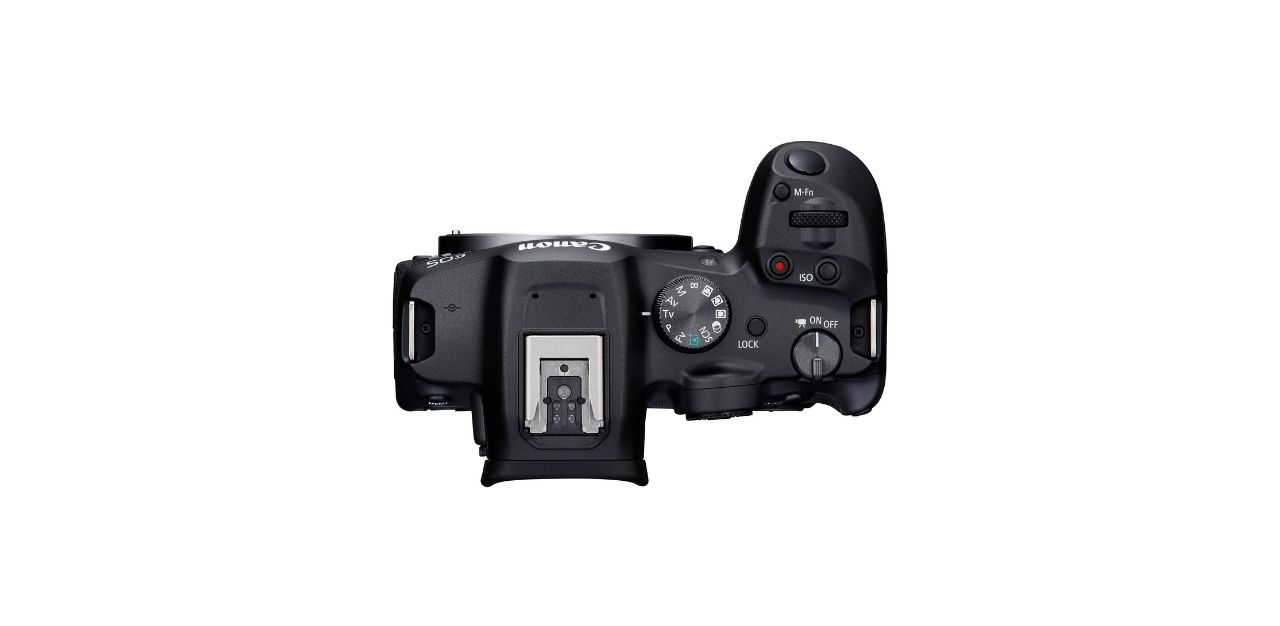
The EOS R7 will be available for a list price of $2,049 body-only, or $2,649 with the new 18-150mm F3.5-6.3 IS STM zoom lens. Its availability is from late June onwards.
Canon EOS R10
The R10 is the cheaper entry-level APS-C mirrorless camera model compared to the EOS R7 and features a 24.2-megapixel sensor with a built-in flash. Its smaller form factor is designed for more standard everyday shooting needs.
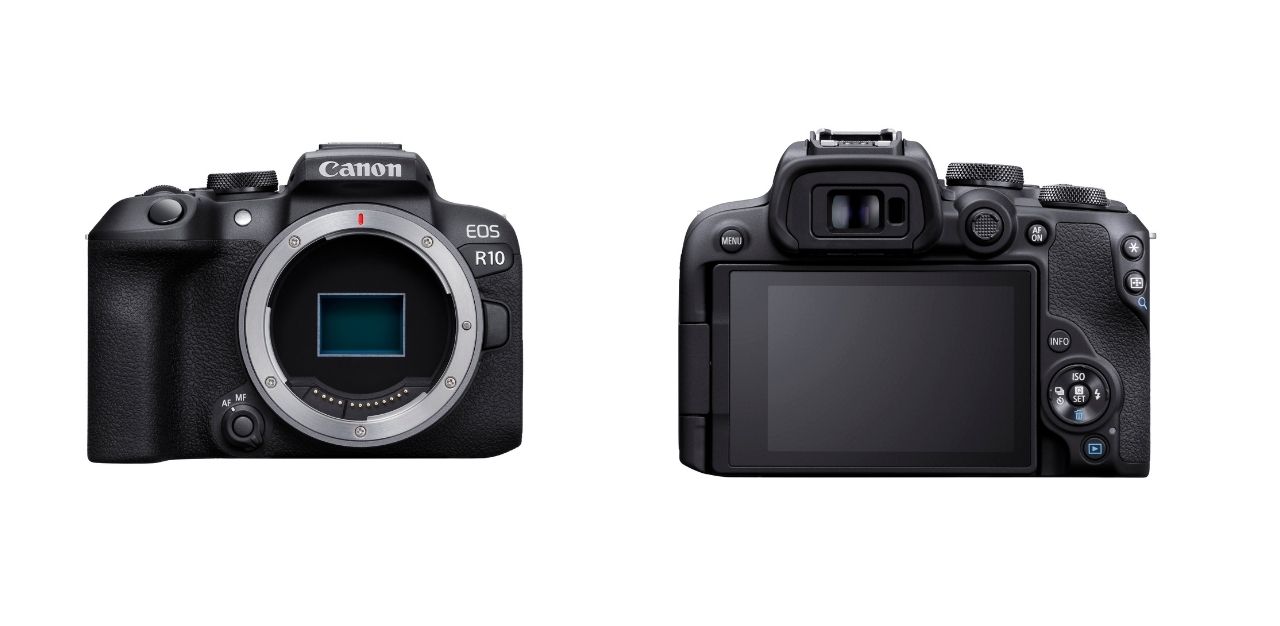
According to Canon, the sensor is a new chip that has never been used before and we have to wait to see how the sensor works in practice with this camera. The R10 also offers faster video than before, which suggests faster readout, greater processing power or, more likely, a combination of both.
Its AF system is completely revised, with algorithms derived from those in the EOS R3. What this means is that it has subject recognition modes that allow it to identify and track humans, animals or vehicles. In the case of humans and animals, the camera has been trained to focus on the eye, and in vehicle mode there’s a ‘spot focus’ option that lets you prioritise the rider of a motorbike or the helmet of a driver in open-wheel racing cars.
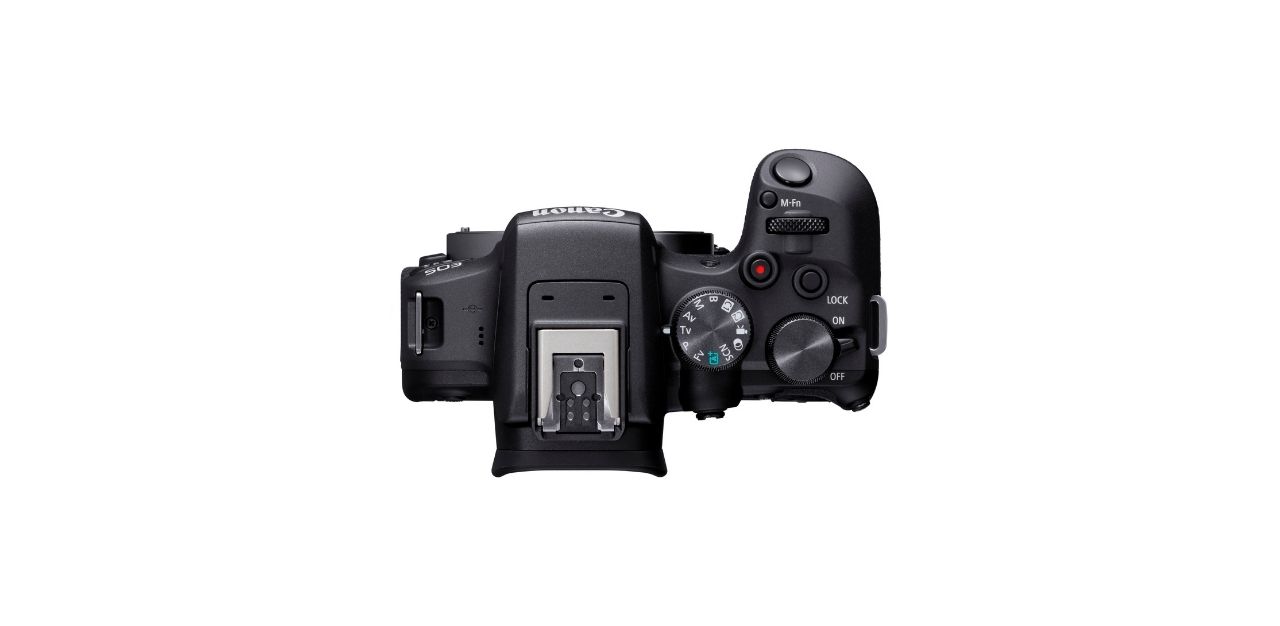
The EOS R10 will be available for a list price of $1,309 body-only, or $1,909 with the new 18-150mm F3.5-6.3 IS STM zoom lens or $1,469 with the new S18-45mm f/4.5-6.3 IS STM. Its availability will be from late July onwards.
Comparison
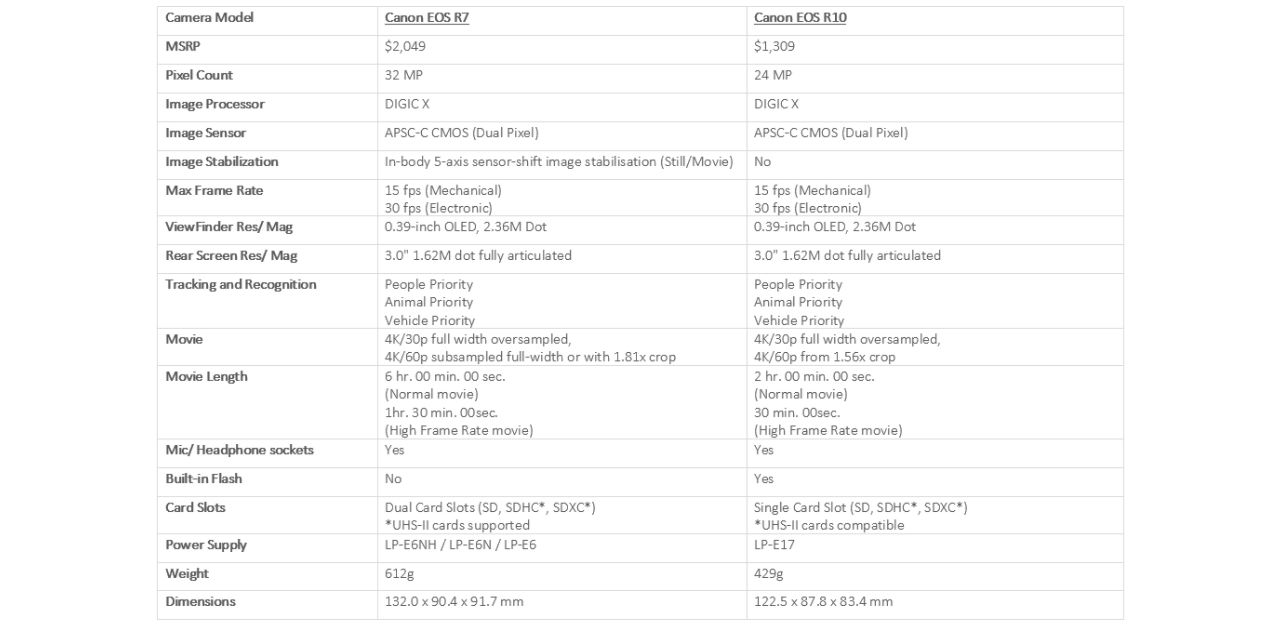
New RF-S Lenses
Canon debuted its first RF-S lenses, the RF-S18-45mm f/4.5-6.3 IS STM and RFS18-150mm f/3.5-6.3 IS STM as kit lenses to support the new EOS R system. These lenses are smaller and lighter and are almost similar to the pocketable EF-M mount equivalents, whilst providing the benefits of the larger RF mount. These lenses can also be mounted directly onto full-frame EOS R system cameras, which will automatically enable the 1.6x crop mode.
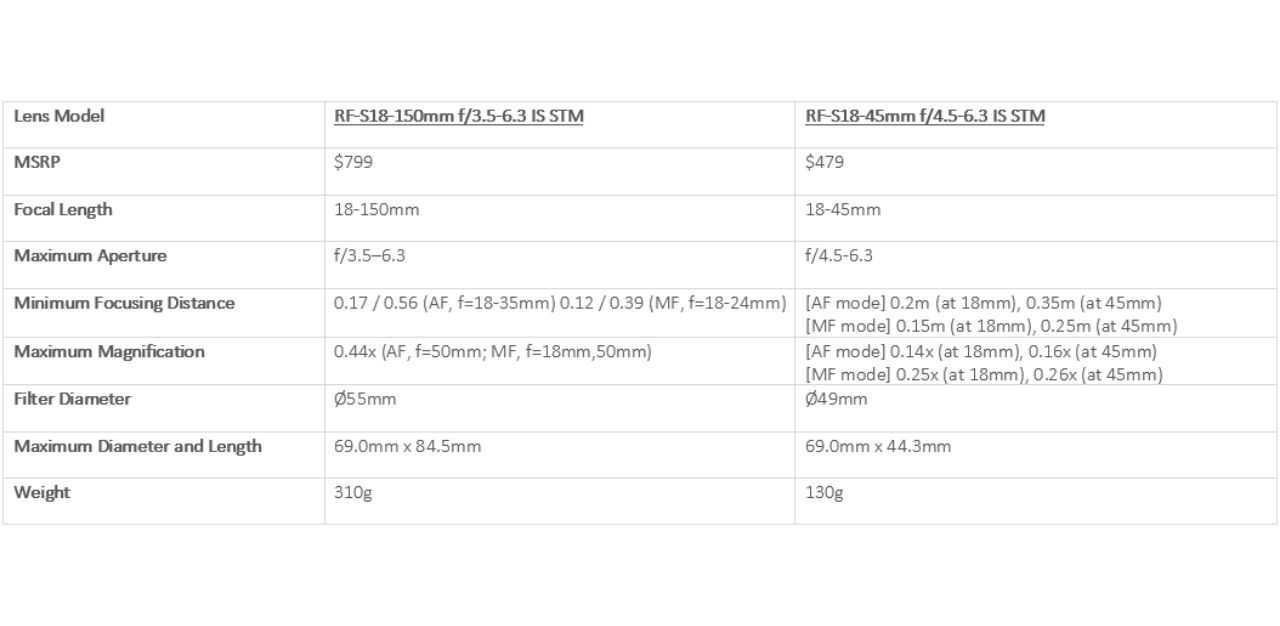
The RF-S18-150mm f/3.5-6.3 IS STM will be available for a list price of $779 and the18-150mm F3.5-6.3 IS STM zoom lens will be available for a list price of $479. Both will be in the shops from late June onwards.
Join the conversations on THG’s Facebook and Instagram, and get the latest updates via Telegram.



